Video content is on the rise globally. It has become the most popular form of content since it is so easy to consume. From few-second-long ads to hours-long documentaries, video content has become the best way to transmit information and connect with people.
Statistics further demonstrate studies that have shown videos account for 82% of all internet traffic. According to YouTube 2023 reports, about 2.3 billion monthly users log into the platform, and every minute, over 500 hours of video content is uploaded.
Since its launch in 2017, TikTok, the video-sharing platform, has reached 1.47 billion users.
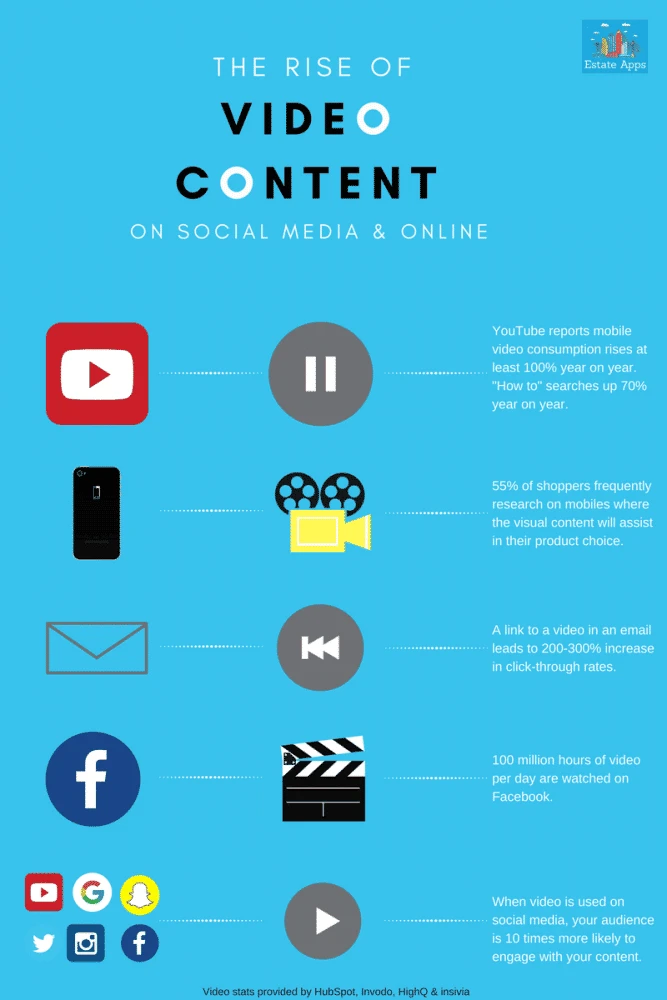
Video content brings several benefits, such as better information retention—people remember up to 70% of what they see and hear. In addition, videos can boost your Google ranking. By using video materials, you are 53 times more likely to land on the first page of search results.

Most people watch videos on the go and with their sounds off. What’s more, most videos on the Internet contain English audio, which means that over 75% of non-English speaking Internet users cannot understand the contents of the video.
As you can see, videos might reach only a limited number of Internet users. Unless you integrate subtitles in your video content!
So, subtitles vs Closed Captions – what should you choose?
Subtitles and captions offer a great way for you to reach as many users as possible. In the following blog, we offer you an overview of different types of captions/ subtitles, as well as a guide on how to choose the right type for your videos.
What are subtitles?
Subtitles are written representations of the audio in any form of video material, from a TikTok video to a Hollywood blockbuster.
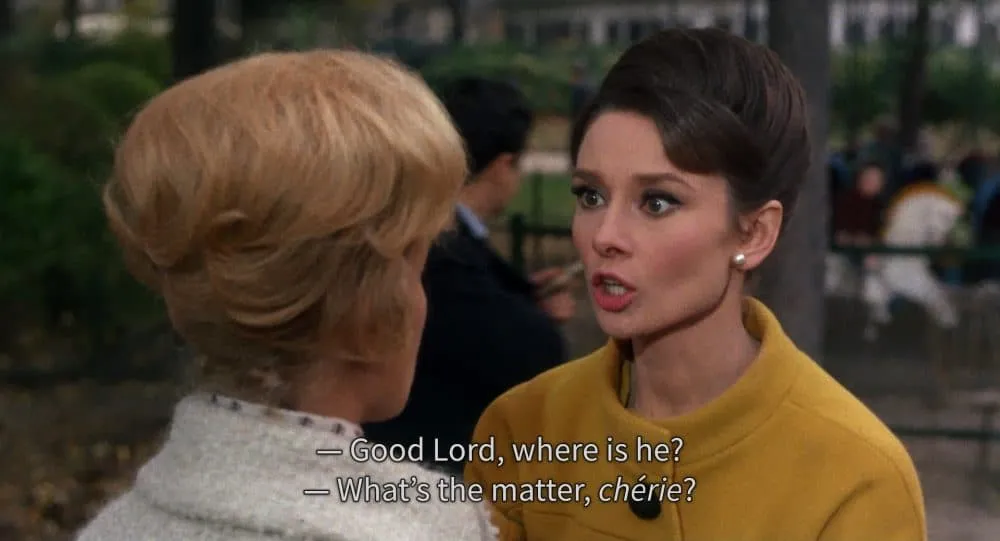
Subtitles were initially used in silent movies in the 1900s and contained additional details about the plot or the action to keep the audience fully engaged.
Nowadays, audio is an intrinsic part of the video; however, the importance of subtitles remains the same since they enable accessibility for people with hearing impairments.
With the rise of video content in recent years, subtitles are more frequently used. Today, 80% of subtitle users do not have any hearing impairments. This boils down to the fact that many people either watch a video with their sound off or consume content in a language they don’t speak and thus need subtitles in their native language.
There are several benefits that captions bring.
Also read: Everything About Multilingual Subtitles For E-Learning Videos
What are the benefits of subtitling your videos?
Regardless of the purpose of your video content, subtitles are beneficial in these four aspects:
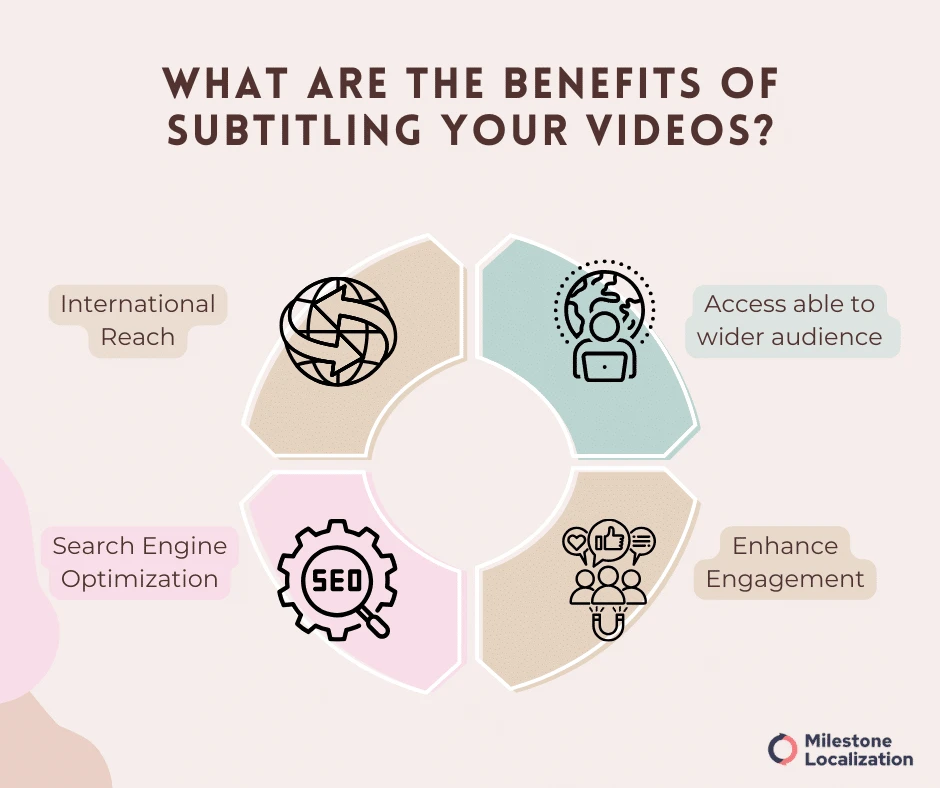
1. International Reach
Subtitles allow you to reach new international audiences quickly and almost effortlessly. Doing a voice-over of your video content is an expensive and timely procedure.
Also read: Which Arabic Dialect to Use and Arabic Voice Over Challenges
Multilingual subtitles, on the other hand, are a much more efficient solution to this problem. You just need to translate the transcript of your video into the desired language.
Considering that only 25% of the world’s population speaks English, multilingual subtitles can provide access to billions of internet users around the world.
2. Accessibility
Most importantly, subtitles make your content accessible to those hearing impaired. In television, subtitles are a legal requirement. In this regard, regulations outside of the television branches start to emerge.
For instance, in 2011, Netflix was sued due to a lack of adequate subtitles on their movies and series.
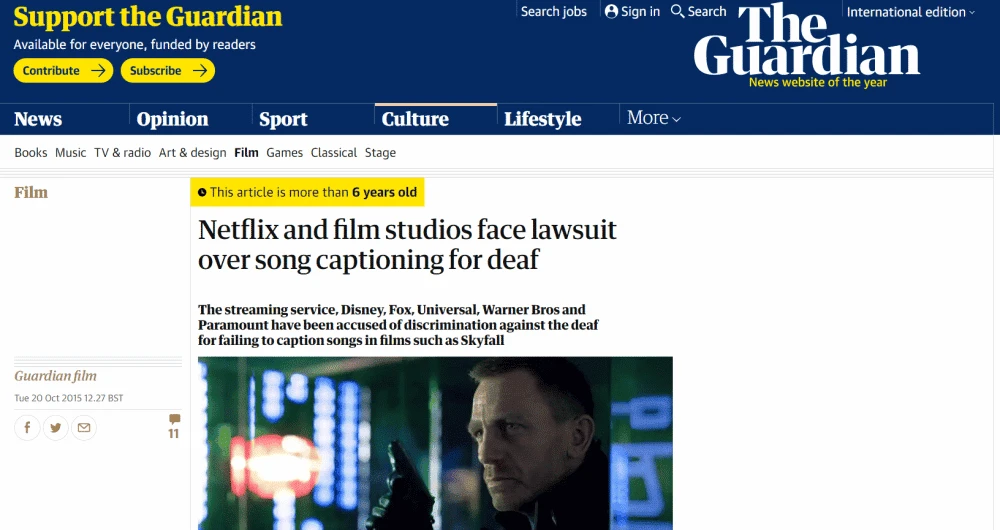
3. Search Engine Optimization
SEO helps you achieve a higher ranking in the search results. This is especially important since studies have shown that more than 50% of Internet traffic is directed at the top three results. This means that the higher in the ranking your content appears, the more likely users are to click on it.
Providing subtitles for your video content is a great way to boost your SEO. Subtitles contain keywords and thus, give Google more context on the topic of the video. In addition, subtitles have been shown to double the competition rates of videos, from 40% to up to 80%.
This is crucial since Google rewards videos that have been watched all the way through, with a higher ranking.
Also read: Multilingual SEO – Importance, Benefits, and The Process
4. Engagement
Subtitles can drastically increase the user engagement of your videos. Especially when it comes to social media, people tend to watch videos on the go with their sounds off. Subtitles, in turn, can enable users to watch your content even with their sound muted.
A Facebook survey showed that only 20% of videos without subtitles are watched on the platform. This means that 80% of the video content on the social media platform is left out. Another study showed that subtitles boosted view time by up to 12%.
What are the different types of subtitles?
1. Open caption subtitling
Open caption subtitling refers to the type of subtitles that are integrated into the video itself. They cannot be turned on or off.
When it comes to this type of subtitles, you have to create and integrate them during the filmmaking process. What’s more, this type of subtitle is not always positioned at the bottom of the screen. The subtitles might have different colors and designs as well.
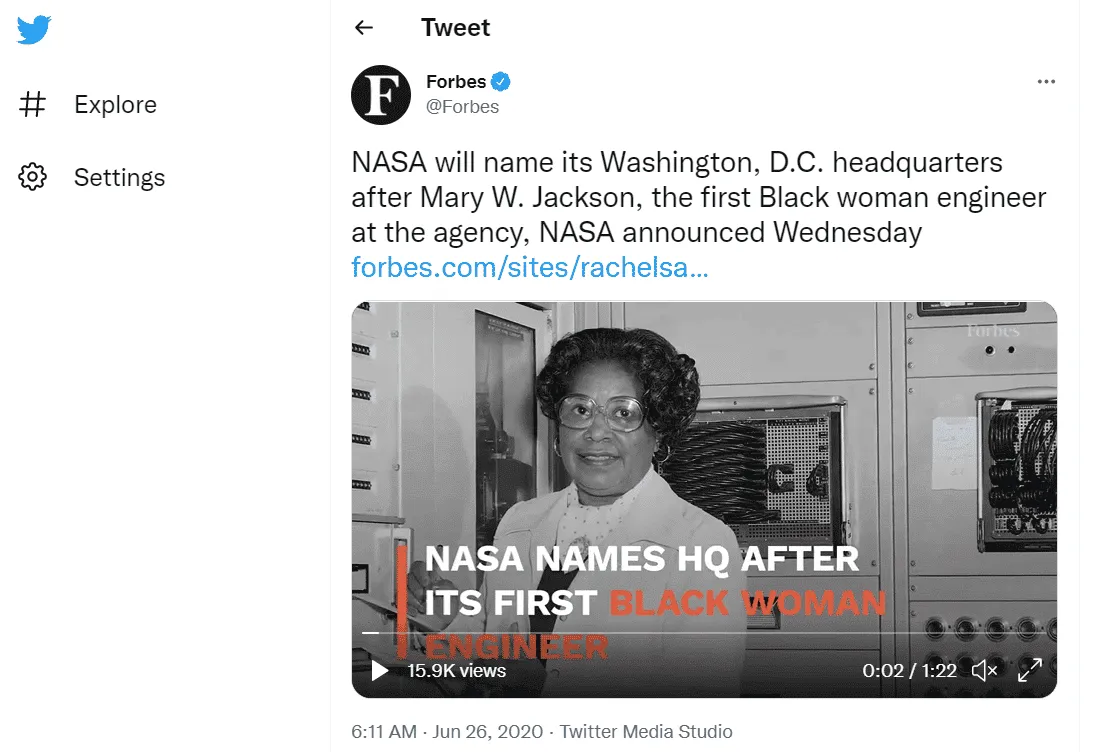
2. Closed caption subtitling
Initially, closed caption subtitles appeared on DVDs, but nowadays, they are offered by streaming platforms such as Netflix, YouTube, etc. These are probably the types of subtitles people are most familiar with.

Closed caption subtitles can be turned on and off. They always appear as two lines at the bottom of the screen. There are usually guidelines that are followed when creating such subtitles, such as character per line, punctuation rules, on-screen time, etc.
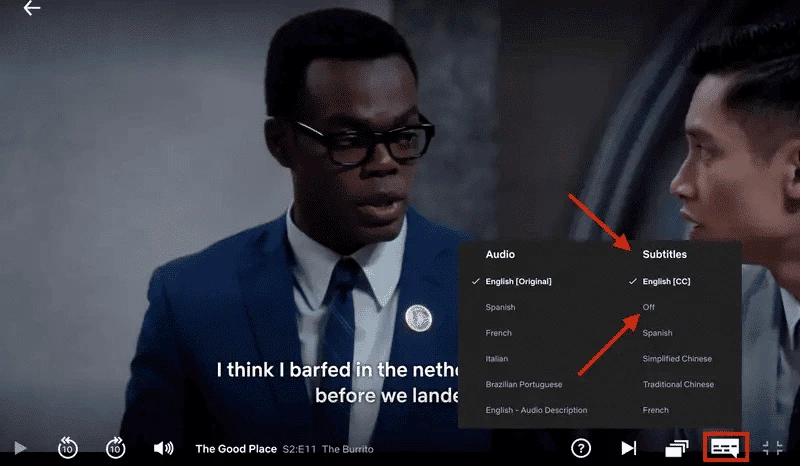
3. Subtitles
Subtitles are very similar to closed captions. However, subtitles are used when the audio of the video is in one language while the subtitles contain a translation in another language.
In other words, subtitles are used when the viewer does not understand the language of the audio. This is very typical for movies.
Now, subtitles have become ubiquitous. YouTube has integrated an option to choose from subtitles in different languages when available. Netflix and Amazon Prime also offer multilingual subtitles.
Watching movies and shows with subtitles in the target language can be a highly effective way to improve listening skills and expand vocabulary, making Netflix a valuable tool for language learning.
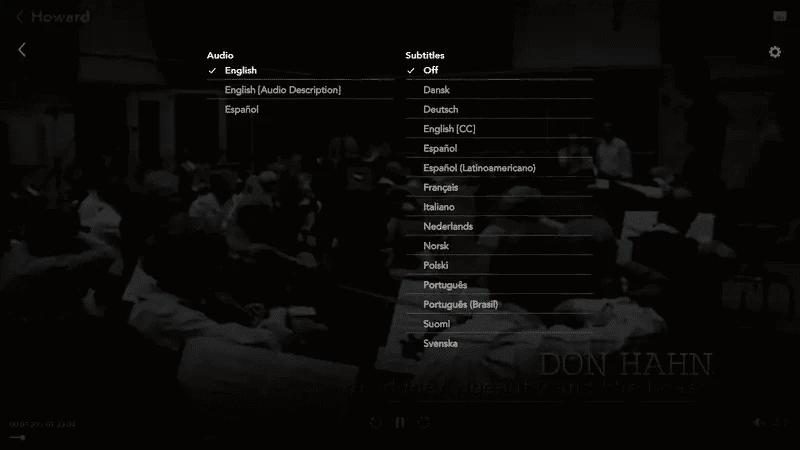
Are You looking for professional subtitling services?
Subtitles vs Closed Captions: What is the difference?
While closed captions and subtitles share many similarities, there is one aspect where they completely diverge. They both appear on the bottom of the screen and can be turned on and off, however, they both are used in different situations. Here is the main difference between subtitles and closed captions.
Subtitles are used when the language of the audio is different from the language of the subtitles. Subtitles provide a translation of what is being said.
Closed captions, on the other hand, contain text in the same language as the audio. They are used if the viewer cannot hear the audio of the video.
Also read: Why Video Translation Is Worth It?
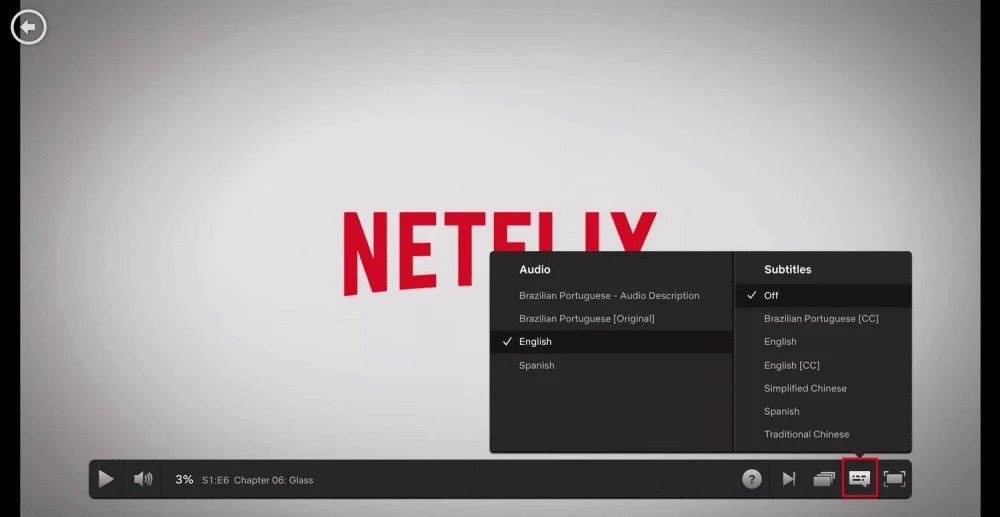
If you look at the picture above, you will see that in the list of available subtitles, there are also closed captions (CC) for English and Brazilian Portuguese. If you have a look at the list with available audio, you will see that there are voice-overs for both of these languages.
This means that the viewer can choose closed captions that were specifically made for these audio options.
If you have a closer look at the screenshot, you will see that there is also Spanish audio and Spanish subtitles. However, there is no indication that the Spanish subtitles are closed captions. This means that if you play the Spanish audio with these Spanish subtitles, there might be certain differences.
In other words, the Spanish subtitles are not based on the Spanish audio available for this video. Therefore, there may be certain variations.
Also read: Prevalence Of Spanish Language Within the US
What are SDH subtitles?
Subtitles for the deaf and hard of hearing, also called SDH subtitles, are very similar to closed captions and subtitles. They are optional, meaning a user can turn them on or off, and usually appear at the bottom of the screen.
SDH subtitles are created specifically with the needs of a deaf or hard-of-hearing audience in mind. Besides speech, SDH subtitles describe other audible details, so that the audience can comprehend the mood of the scene or the action itself.
For instance, an SDH subtitle would be ‘indistinct noise’ or ‘loud explosion’. Such explanations give the audience additional information and context, making their experience more engaging.
SDH subtitles are most common in films where additional explanations are needed to recreate the atmosphere of the scene.

How to choose the right format for your video?
When choosing the right type of subtitles for your video materials, there are three aspects you need to consider:
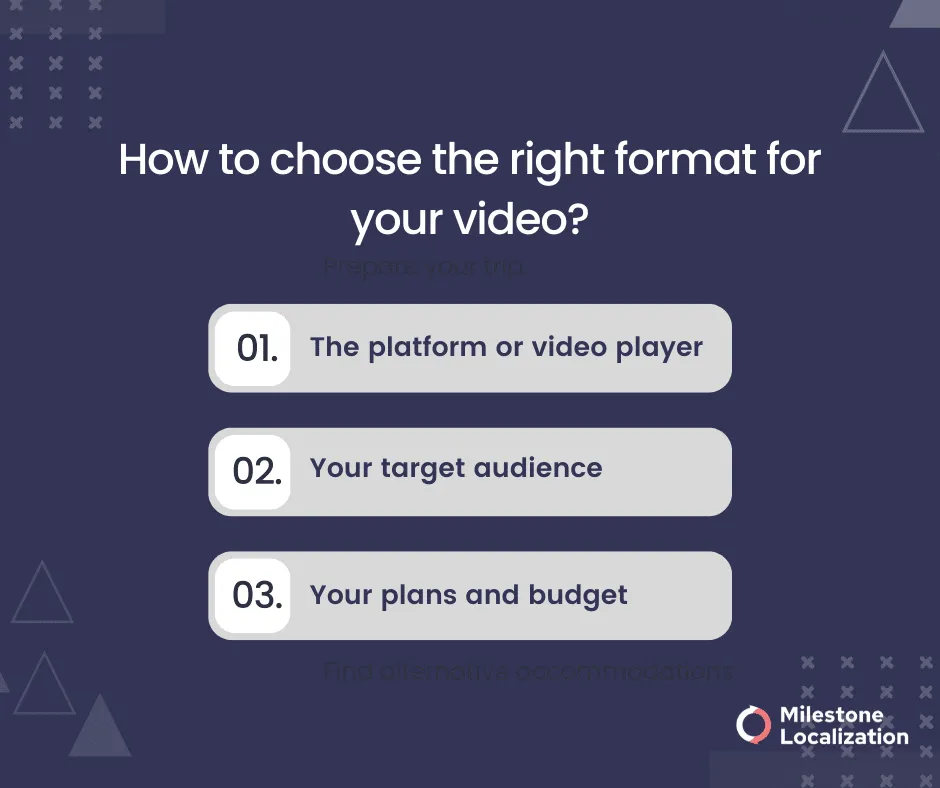
1. The platform/ video player
When deciding on a type of subtitling or captioning, you need to have a look at the affordances of the platform/ video player on which your video will appear.
While there are no specific rules, generally speaking, you would use open caption subtitles for social media videos. Some platforms such as Instagram and TikTok do not offer closed-caption subtitles. So, you need to use open caption subtitles.
If you intend to upload your videos on YouTube, then you have the option to choose between closed caption subtitles or multilingual subtitles.
2. Audience
You need to always consider your audience when making a decision. In the end, it is your audience that is going to consume the video. If they are not satisfied with the quality, including that of the subtitles, they won’t watch it.
If your video is intended for a multilingual audience, subtitles are the best choice for you. If your target audience speaks the same language, it is best to keep subtitles optional, as in the case of closed caption subtitles.
Of course, if you want to accommodate any member of your audience who might have hearing impairments, SDH subtitles are always the best choice.
3. Plans and budget
Of course, you need to create your content with perspective. For example, if you create a video that you want to make available to speakers in different languages, open captions are a no-go.
Building your subtitles into the video itself makes it much harder and more costly to translate it into different languages later on. There are several issues such as text expansion, font incompatibility with certain scripts, etc. In the end, you might have to redesign your whole video which can take a lot of time and money.
Closed captions and subtitles appear to be the safest option since these types of subtitles allow you to integrate multilingual subtitles while also leaving the choice to the user if they need subtitles or not.
Not to mention that multilingual subtitles are easily created and added which can also save you time and money.
Also read: Localization and Translation Costs – Breakdown Of Factors Involved
Why should you work with Milestone for your subtitles?
Milestone Localization is an ISO 17100:2015 certified translation agency that offers subtitling services in 70+ languages.
What’s more, Milestone Localization offers professional subtitling services for all video formats and video programming formats, regardless of the type of video material (corporate training videos, YouTube videos, movies, documentaries, e-learning videos, series, etc.).
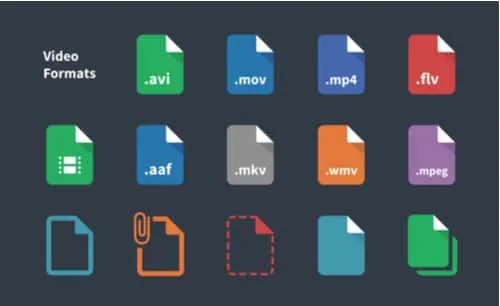
Milestone can help you with the localization of your video materials and subtitles. Through localization, you can accommodate your video materials to the needs and cultural preferences of your audience.
Milestone Localization works with professional, experienced, and well-trained translators to ensure high-quality, timely localization, translation, and subtitling services for your video content.
Conclusion
In recent years, video content has been on the rise. Indeed, videos have become the most popular and widely consumed form of content. Still, there are certain limitations that, however, can be overcome with subtitles.
There are a few different types of subtitles and captions. To reap all the benefits of subtitling, you need to choose the right type for the purposes and audience of your video content.
Make your video accessible to viewers across the globe
FAQS
What are the main differences between subtitles and closed captions?
Subtitles provide a translation or transcription of spoken dialogue for viewers who do not understand the language, while closed captions include spoken dialogue plus non-speech elements (like sound effects and speaker identification) for viewers who are deaf or hard of hearing.
Is it standard practice to provide both translated subtitles and translated closed captions for global content?
It depends on the platform and audience needs. Media distributors often provide translated subtitles to reach wider viewers and may also offer translated closed captions to ensure accessibility for international deaf and hard-of-hearing audiences.
Do all videos require subtitles or closed captions?
Not all videos require both. Subtitles are primarily used for language translation, whereas closed captions are legally required for TV and many online videos in several countries to assist those with hearing impairments.
What formats are commonly used for subtitles and closed captions?
Common formats include SRT (SubRip), VTT (WebVTT), and SCC (Scenarist Closed Caption) files. Closed captions may also come embedded in broadcast signals or delivered as separate files for streaming platforms.
How does the translation process differ between subtitles and closed captions?
Subtitle translation focuses mainly on accurately conveying spoken dialogue and ensuring readability within timing constraints. Closed caption translation includes all spoken words plus non-dialogue sounds, so translators must also adapt sound descriptions and speaker cues clearly.
Are there any specific challenges in translating subtitles compared to closed captions?
Subtitle translation often requires condensing speech without losing meaning due to limited screen time, while closed captions demand detailed descriptions of sounds and speaker identification, increasing translation complexity.




